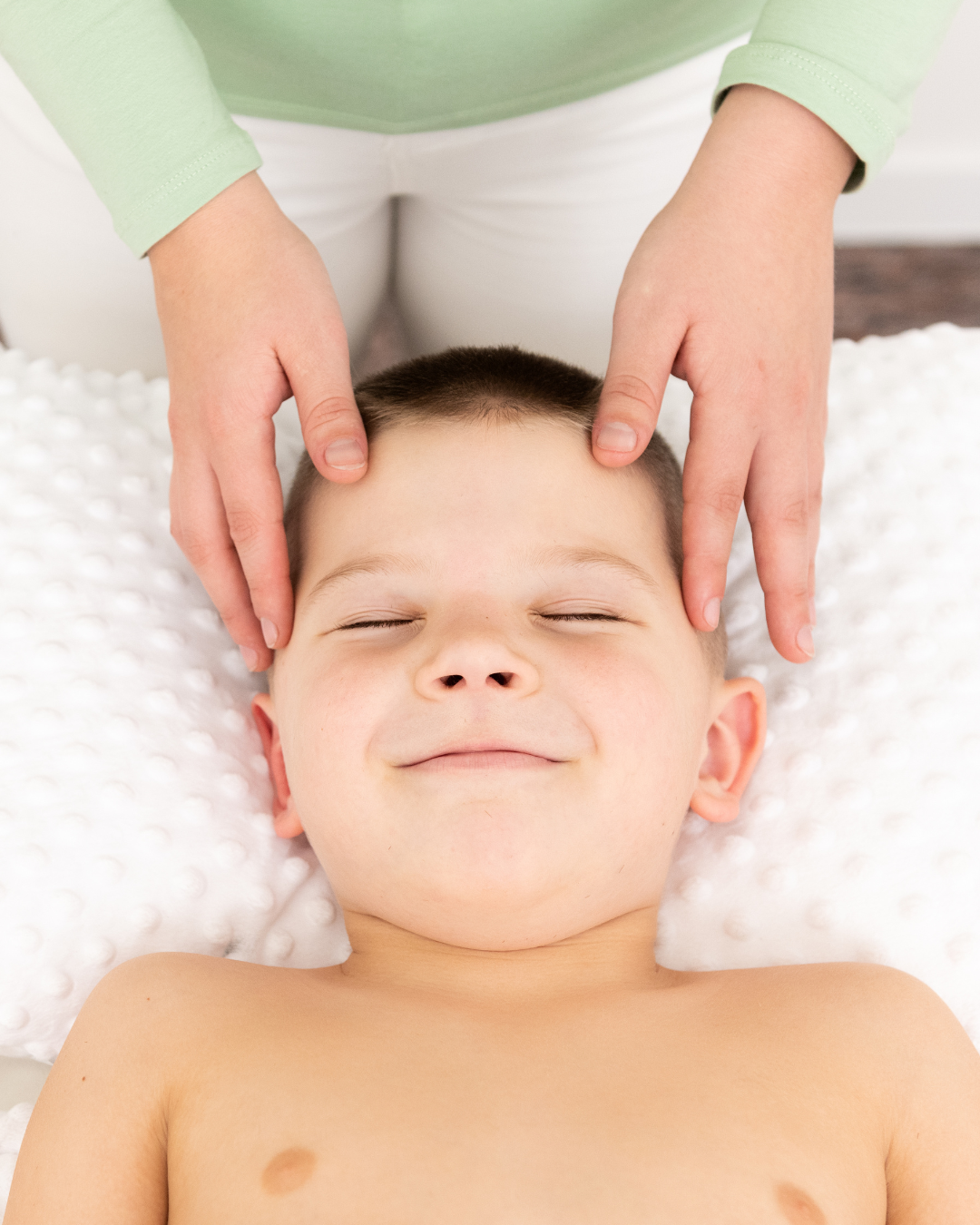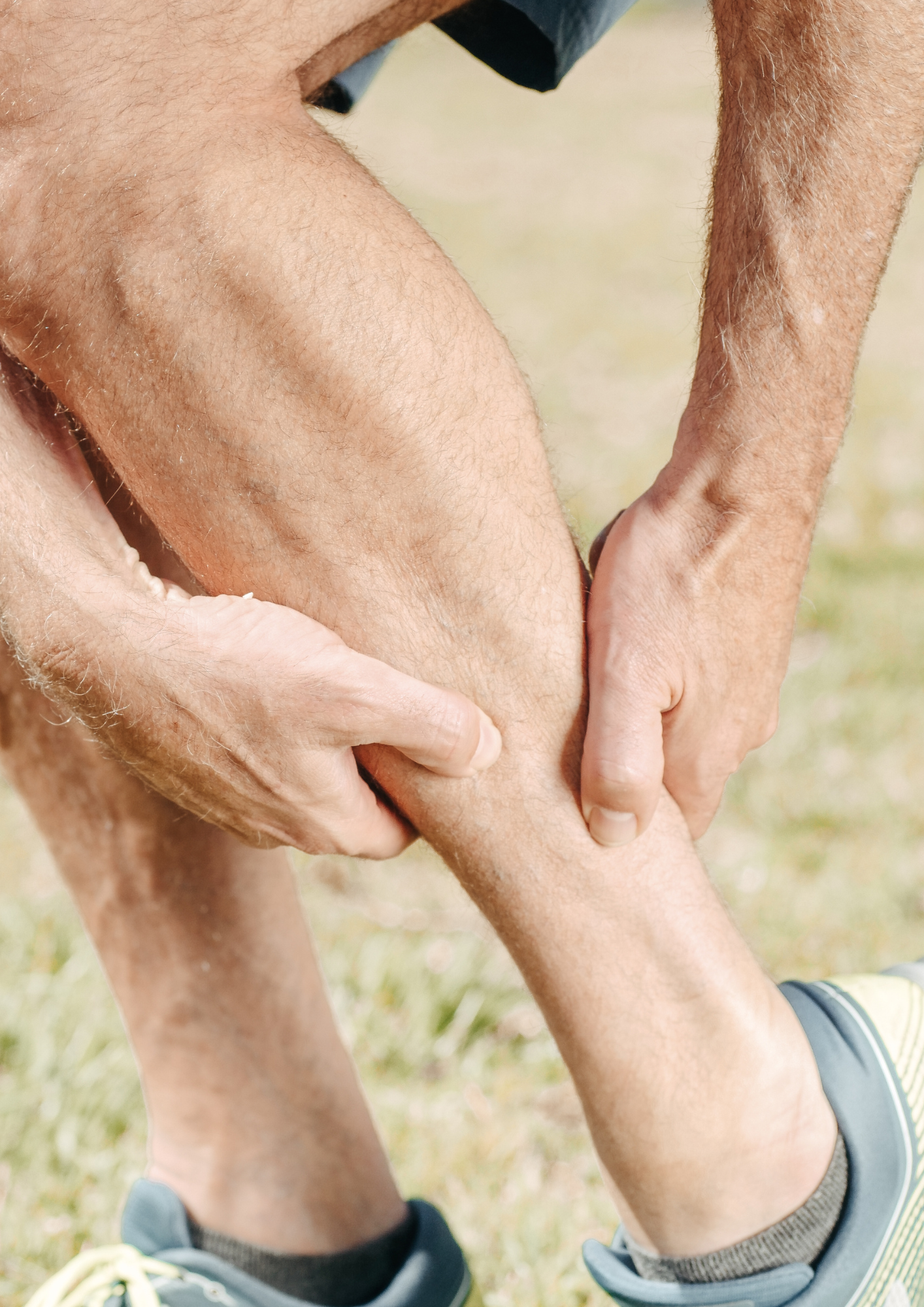Vous souffrez de maux de dos ? Vous vous sentez bloqué ? Vous avez du mal à mobiliser une zone de votre corps ?
L’ostéopathie est une thérapie préventive et curative utilisant des techniques manuelles variées prenant en compte le corps dans sa globalité et ce, à tout âge de la vie. Son objectif premier est de retrouver un bon équilibre fonctionnel.


Comment se déroule une séance d’ostéopathie?
Lors d’une première consultation, l’ostéopathe établit une anamnèse sur votre état de santé. Quel est le motif de votre consultation ? Depuis combien de temps souffrez vous ? Quels sont vos antécédents médicaux ? Avez-vous subi un traumatisme ? Des questions pouvant paraître un peu éloignées de votre motif de consultation mais qui sont essentielles pour comprendre l’origine de vos douleurs ou de votre inconfort.
Le thérapeute examine ensuite l’ensemble du corps, afin de pouvoir détecter les éventuels blocages, ainsi que les zones de tension (au niveau des articulations, des muscles et même parfois des organes). Puis par le biais de techniques douces, telles que les étirements, les mobilisations, il va relâcher les tensions et ainsi redonner de la mobilité.
Le thérapeute est souvent amené à travailler sur des zones lointaines de celles de votre inconfort pour ainsi traiter le fond de votre problème. L’approche du corps humain en ostéopathie est globale et fonctionnelle.
Chaque séance dure environ 1H.

Dans quels cas puis-je faire appel à un ostéopathe?
L’ostéopathie agit sur :
- Les troubles orthopédiques : Douleurs articulaires et musculaires, entorse, tendinite, cervicalgie, lombalgie, dorsalgie, traumatismes…
- Le système neurologique : Migraines, névralgies…
- Le système ORL : Otites, sinusites, vertiges
- Les troubles émotionnels : stress, anxiété, troubles du sommeil / insomnies
- Le système digestif : Problème de transit, constipation, ballonnement
Cependant, l’ostéopathie étant une approche préventive, il n’est pas nécessaire d’avoir des douleurs pour consulter. Le thérapeute peut en prévention contrôler les tensions corporelles et ainsi limiter leurs manifestations pour le futur.
L’ostéopathie n’agira pas seulement sur le système ostéo-articulaire mais également sur :
- Les fascias
- Les muscles profonds et superficiels
- Le système nerveux central et périphérique
- Les artères et les veines
- Le tissu cartilagineux
- Les viscères
A la Clinique Naturelle, nous proposons également:

L’ostéopathie pour la femme enceinte :
La grossesse est une période bouleversante pour la femme et son corps. Changements hormonaux, changements émotionnels, changement de posture… l’ostéopathie peut soulager les douleurs musculo-articulaires liées aux modifications morphologiques et posturales.
Les motifs de consultations chez l’ostéopathe sont nombreux : Quelques motifs communs que l’on retrouve lors des consultations en ostéopathie pour la femme enceinte :
- Lombalgie : Le poids du bébé incite la femme à se tenir penché en avant, les lombaires sont donc sollicités, et les maux de dos s’installent. L’ostéopathie peut être bénéfique en cas de douleur au dos. Après avoir déterminé la provenance de votre douleur, le thérapeute va travailler sur les ligaments, les muscles ou encore les articulations.
- Sciatique : Il s’agit de la compression du nerf sciatique. Au niveau de la fesse, le nerf sciatique est compressé par le muscle piriforme. La femme ressent ainsi des douleurs pouvant être assez intenses, au niveau de la fesse et parfois pouvant redescendre jusqu’au pied.
- Reflux gastrique: Souvent en fin de grossesse, lorsque le bébé appuis fortement sur l’estomac, la femme ressent des remontées acides (remontées du contenu de l’estomac). L’ostéopathe va stimuler certains organes avec des manipulations douces dans le but d’améliorer leur glissement par rapport aux structures environnantes. Il va permettre de soulager les troubles digestifs. Il peut aussi essayer de changer la position du bébé afin qu’il appuie moins au niveau de l’estomac.
- Problèmes circulatoires: Lors de leur grossesse, les femmes subissent les modifications hormonales, et souffrent souvent de rétention d’eau, et de gonflement notamment au niveau des jambes. L’ostéopathe va libérer doucement les zone de compression des veines et faire circuler les fluides dans le corps pour faciliter le retour veineux.
- Douleurs costales: L’augmentation de la taille du bébé donne de moins en moins de place pour les organes. Le fait que le diaphragme soit compressé vers le haut, ainsi que les coups de pieds du bébé peuvent être la cause des douleurs sous les côtes.

L’ostéopathie pour les bébés :
Des séances d’ostéopathie peuvent avoir lieu dès les premières heures de vie de votre enfant. Les résultats sont souvent spectaculaires et l’apaisement généralement immédiat.
Dans quels cas puis – je consulter pour mon bébé ?
- Dans le cas d’un accouchement difficile
L’accouchement peut s’avérer éprouvant pour la maman mais aussi pour le bébé. Mauvaise posture intra-utérines, accouchement long, bébé prématuré, utilisation d’instruments (ventouses, forceps…) autant de difficultés qui peuvent entrainer des blocages ou des déséquilibres fonctionnels chez le nouveau-né.
- En cas de problème de succion, de reflux, de coliques
- En cas de blocage au niveau des cervicales, ou d’une difficulté au niveau de la rotation de sa tête
- En cas de trouble du sommeil
Lors d’un examen général, le thérapeute va vérifier la mobilité et le bon fonctionnement du système osseux et musculaire du nourrisson. Il essaye d’éliminer les tensions et d’apporter un soulagement par le biais de manipulations douces, de petites pressions et mobilisations.
En général, la séance dure environ 1H, et il est possible que l’ostéopathe demande un suivi sur plusieurs séances.

L’ostéopathie pour les enfants :
Il est important de surveiller la croissance des enfants. Croissance lente, ou au contraire trop rapide, mauvaise posture, chute, activités sportives intenses… autant d’évènements qui peuvent apporter des perturbations au niveau musculosquelettique.
Un suivi régulier chez l’ostéopathe à différentes périodes clés de la croissance de l’enfant peut permettre de détecter et ainsi de corriger les éventuels déséquilibres, ou les douleurs passagères.
Le thérapeute adapte ses techniques à l’âge et à la morphologie de l’enfant, et ainsi repère et corrige les déséquilibres du corps dont les troubles vertébraux et posturaux.
Dans quels cas puis-je consulter pour mon enfant ?
- Troubles du sommeil: Le sommeil est très important pour le développement moteur et psychologique de l’enfant. L’ostéopathie peut apporter des solutions aux troubles du sommeil en enlevant des tensions qui gênent l’enfant, afin qu’il retrouve des nuits plus paisibles.
- Manque de concentration et agitation: par des techniques crâniennes appropriées, l’ostéopathie peut contribuer à apaiser un enfant et à l’aider à mieux se concentrer.
- Maux de tête récurrents
- Problèmes digestifs
- Troubles ORL (otites…) Le thérapeute redonne de la mobilité au corps et libère les zones concernées favorisant un meilleur écoulement dans les fosses nasales et une meilleure ventilation. Cela permet de limiter les risques de récidive.
- Constipation : La constipation est très courante chez l’enfant. L’objectif de la consultation en ostéopathie est de relancer le transit et l’évacuation des selles de votre enfant. Le thérapeute travaille sur le côlon et les organes environnants avec des techniques ayant pour but de redonner de la mobilité et de décongestionner le côlon. Il veille aussi à rééquilibrer le bassin.
- Déformation de la colonne vertébral (scoliose)
- Mauvaise posture
- Douleurs musculaires et articulaires
- Douleurs de croissance (mal aux jambes, genoux, mollets souvent le soir ou la nuit). Les douleurs au dos sont fréquentes en période de croissance. Souvent dues aux mauvaises postures, à une activité sportive intense ou encore au port de charges lourdes (cartables). L’ostéopathe peut prévenir et soigner notamment les déformations du dos, telles que scoliose.

L’ostéopathie pour les sportifs:
Que ce soit pour les sportifs confirmés ou pour les sportifs débutants, un suivi en ostéopathie régulier est judicieux.
- En prévention : Il est important que le sportif dispose d’un suivi régulier et adapté à ses objectifs. L’ostéopathe s’assure de libérer les tensions musculaires ainsi que les blocages qui pourraient contraindre le sportif dans son activité et l’empêcher d’améliorer ses performances. L’objectif est de maintenir l’harmonie et l’équilibre du corps.
- En cas de douleur : face à une douleur aigue ou chronique, due à une blessure ou un choc (chute, claquage, déchirure, élongation, contracture, entorse, traumatisme important mais sans lésion osseuses.)
- Pour la récupération : Optimiser la récupération est essentiel pour un sportif. L’objectif premier de l’ostéopathe est de raccourcir le temps de récupération. Il va prendre en charge les éventuelles gênes ou douleurs qui résultent de votre activité sportive. Il va pour cela agir sur les organes et les viscères de façon globale afin de favoriser le drainage du corps dans le but d’optimiser la récupération.
En résumé, une séance d’ostéopathie aidera le sportif pour :
- Se préparer à une épreuve
- Améliorer les performances
- Soulager les douleurs
- Optimiser la récupération
